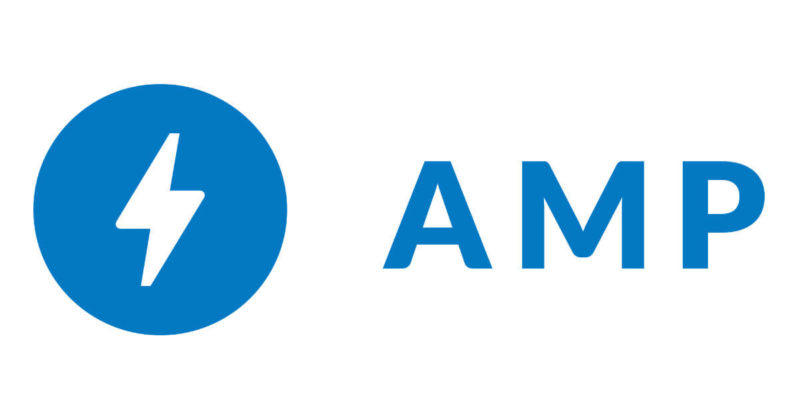
Today, Google announced a new, visually-focused format for its AMP (Accelerated Mobile Pages) framework. AMP Stories are intended to be “bite-sized,” visually engaging content constructed primarily of interactive photos and text.
Per Google’s announcement:
“The collective desire was that this format offer new, creative and visually rich ways of storytelling specifically designed for mobile.”
“AMP story content should be fulfilling and standalone.”
Breaking with previous guidance, Google does not intend for this type of AMP content to match your non-mobile content. Instead, this mobile-only content should itself be unique. I followed up on this point with a Google rep who characterized AMP Story content as:
“AMP stories is all about encouraging new forms of expression and storytelling, so we expect most publishers to not be already publishing this kind of content out on the web currently. AMP stories is meant to facilitate this and make it easier.”
The rep also added that “AMP Story content should be fulfilling and standalone.”
Because Google has historically argued specifically against creating different content for different users, this new ‘separate but equal’ stance surprised me. Google further explained:
This does not run counter to the idea that the publisher may also have separate expressions [of] similar content published. Say a publisher has a long-form analysis article about college admissions data. Then, say they have a companion piece that’s an interactive experience letting people play with the data through charts and other visualizations. It wouldn’t be correct to call the long-form piece the canonical for the interactive. They each stand on their own, although being related.
Not Ready for Prime Time
We have invested in publishing our content in AMP format. We have ensured that the content that is present on our non-AMP pages, is also present on our AMP pages (and vice versa). Also per Google documentation, our AMP pages rel=canonical to our non-AMP pages. All of this is made relatively easy through the AMP plugin for our CMS (content management system), WordPress. Google has a significant partnership with the CMS (used by 29 percent of the web), and is investing its own resources in the platform’s development.
Though Google are also authors of/contributors to the AMP plugin, when I asked specifically about support for the AMP Story format, Google referred me to Automattic/WordPress. I’ve not yet heard back from the Automattic rep on their plans for support. I’ll update this article with any new information when I receive it.
In the absence of plugin support (for any given CMS), were a publisher to want to test this new format, it would need to manually create the AMP Story pages, along with a separate xml sitemap for Google to crawl and index – essentially now supporting 2 separate AMP frameworks. Though the AMP Story documentation & tutorial are straightforward (and note, still experimental), given the low AMP adoption to date, it’s unclear whether this new format alone, with its additional resources requirements, will create new converts anytime soon. Our own AMP adoption survey conducted last Fall showed a “lack of development resources” as the primary reason 60% of respondents had not implemented the framework.
At the moment, you can see this new format in action by using this URL on your mobile device, and searching for one of the development partners (e.g. “the Washington Post”). You’ll note from the screen capture below that the AMP Stories display in a “Visual Stories From…” carousel in the SERP above the “Top Stories from…” carousel. It will be interesting to see how this new format and content performs against the “Top Stories” content – across all metrics of engagement.

AMP Stories from Washington Post
And below you can see samples of the AMP Stories from the various publisher partners:

Mobile-first, or Mobile-only?
Noteworthy from our FAQ on the Google Speed Update coming this July:
“…our index will be built from mobile documents”
The AMP framework has made significant strides since first launching. And while the AMP Story format is clearly another step in the direction of enabling publishers to provide a more feature-rich experience for site visitors; one could speculate that it is also a not-so-subtle shove to get not just on-the-fence publishers to adopt the framework, but for publishers to adopt AMP as their only publishing format.
Want to learn more about AMP – how to implement it and why? Join us next month at our SMX West conference in San Jose, where industry experts will share their tips, tactics and strategy around these topics and more:
